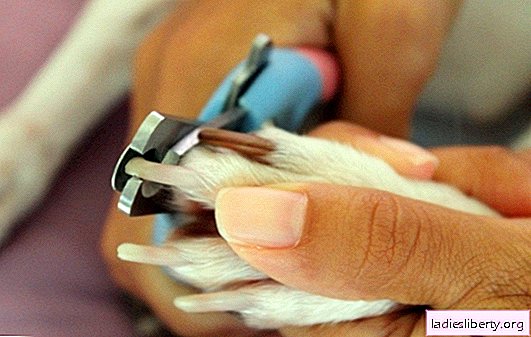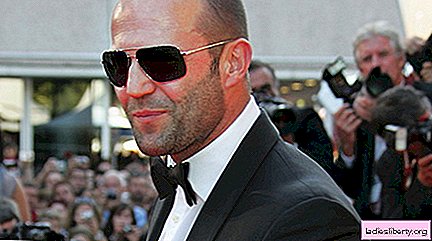
Alopecia - This medical term refers to the process of partial or complete loss of a person’s hair covering on the scalp, the origin of which can be triggered by various factors. Doctors distinguish four main types of alopecia: cicatricial, focal, androgenic, diffuse, the development of which occurs both for reasons similar at some points, as well as due to various, by their nature, provoking factors. In some people who have undergone alopecia, this problem arises from the use of improperly selected hygiene products and cosmetics intended for hair care.
Cicatricial alopecia - reduction or disappearance of the hair covering occurs due to: violation of the integrity of the scalp, due to trauma of any origin in this area; as a consequence of a serious infectious disease that led to the destruction of hair follicles. Hereditary disorders such as Bloch-Sulzberger syndrome, skin aplasia, leishmaniasis, herpes zoster, lupus, progressive cancer, etc. can also provoke this type of disease. The consequences of alopecia of this kind are irreversible, but with the help of medical intervention, especially during treatment during the initial stage of the disease, it is possible to stop its development.
Focal type of alopecia - the absence of hairline is noted only in some parts of the head, which is why the disease is also called nesting baldness. The skin in such areas has a normal color, there are no inflammatory formations on it, the hair on it: either is completely absent, or there are, but are more like fluff. Focal alopecia can begin to develop in a person of any polo and age, especially having problems in the functioning of the central nervous system.
Androgenic type of alopecia is the most common. It often develops in men, so doctors say that the disease is mainly triggered by hormonal disorders of a certain type. As you know, estrogen (a female type of hormone) is responsible for activating hair growth on the scalp, androgens on the skin of the face and neck. With age, the production of the second increases, which leads to inhibition of the glands that produce hormones of the first type. As a result, hair follicles located on the head, due to a lack of estrogen in the human body, begin to die gradually. In men, in the initial stage of androgenetic alopecia, thinning of the hair is noted, and then, a gradual decrease in their number in the crown of the head and forehead. In women, the depletion of the hairline begins with a part of the head in the parting. Their disease, most often, begins to develop in parallel with menopause.
The diffuse type of alopecia is a rapidly “aging” disease, as a result of which the general scalp in people exposed to the disease is thinning. The ailment is able to begin to develop against the backdrop of: hormonal imbalance, sudden nervous shocks, as a result, a violation of the medication regimen, due to severe illnesses suffered by a person. Doctors also warn that the diffuse form of alopecia can be triggered by an addiction to strict diets.
Methods of treatment and prevention of alopecia
Provided that alopecia is caused by hormonal changes, medical adjustment of the hormonal background is recommended.
With the development of alopecia against the background of an infectious disease, first of all, therapy of the underlying disease and parallel administration of drugs recommended for a specific type of baldness are indicated. It can be: doxium and trental (focal alopecia), antiandrogen drugs for the treatment of female pattern baldness due to the occurrence of hormonal imbalance, etc.
General strengthening procedures recommended for most types of alopecia: Darsonval currents, laser reflexotherapy, rubbing, components that irritate the skin, hair care products made from natural ingredients, diets that exclude spices and smoked meats, giving up bad habits.











